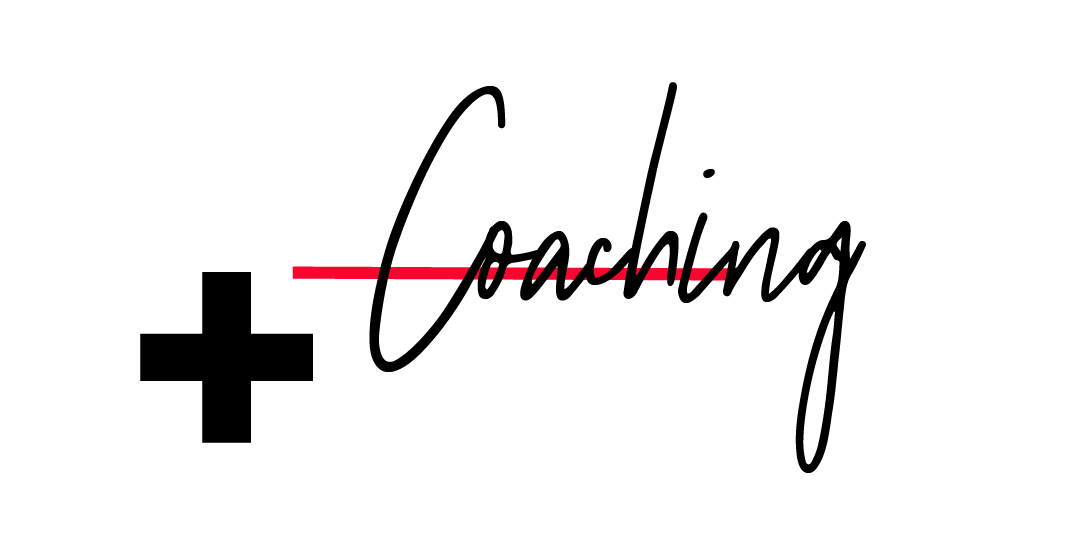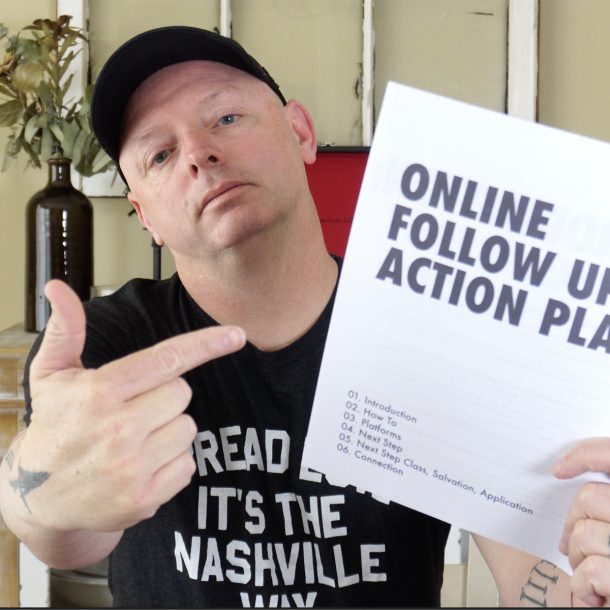Do you know what you have in common with 1,000 of the most creative people in the world? Everything!
Professor and author Hal Gregersen conducted a study on 7,000 people and identified 1,000 “star creatives” and 6,000 workers. Through the course of the study, the produced results supported the fact that with intentionality around five specific areas, people become more creative and innovative in their tasks and problem solving. The five areas are:
- Question – It’s so important to ask a lot of questions. People are generally too afraid to ask hard questions, or worse, afraid of the answer. Regardless, questions open the mind and the thought process. Questions help us start to engage our best creative angles. Asking questions often uncovers the keys to being creative or to the creative answers. We have to refuse fear. Questions, and their answers, should be embraced. Answers and data can help us see the entire picture and uncover angles we may not have identified.
- Observe – The most creative people in the world take time to observe what is happening around them. Life moves so fast that we often times overlook some of the best inspiration. Observation is a tool we have to perfect. We have to be intentional in paying attention to what is happening around us. When we are observant, we become the creative collectors of ideas and experiences.
- Collaborate – Probably the biggest fear our insecure class of creative individuals has is that someone is going to take advantage of us. Collaboration, when done properly, enhances our ideas. Collaboration builds community. One creative person is great. Three creative people are vicious…if they can stay out of their own way. Collaboration starts and ends with trust. When we have it, we can’t be stopped.
- Experiment – Try some new things. Having permission to fail, try, and explore creates the best creative moments. When we are afraid to experiment, we default to the status quo – or what we know has worked in the past. Both of these options may work, but will never breed innovation. Experimenting provides us the opportunity to not become cut and paste creators, but true innovators in our spaces.
- Find Associations – This task is probably one of the greatest creative exercises ever. Finding unique associations between elements opens our minds like nothing else. This exercise alone can induce our best creativity.
Professor Gregersen found that these five simple practices produced creative sparks in both the “stars” and the “workers.” What separated the classes was not the ability to use these tools, but the environments in which they worked. When people were placed in environments that forced them to approach these traits – environments that put a premium on leadership that supported creative people – the subjects being studied SOARED.





Love this list, Stephen.
I’ve heard Andy Stanley say, “Asking doesn’t mean you lack wisdom – it’s evidence of wisdom.” Questioning things really connects with me.
“We have to refuse fear.” wow! So true and so real.